Hello,
I’m sorry to hear about your cat. I’m also sorry it’s so expensive to do these cases at referral centers.
If you have not looked for a polyp in the oropharynx yet I would start there. If you cannot afford the referral hospital and referral vet see if you can find a vet locally who will help. If you cannot afford find anyone locally I will do my best to help but I am not an internal medicine specialist and I don’t have a CT scanner. If the polyp can’t be found you may have no other options other than advanced diagnostics (CT or endoscopy).
Best of luck
Dr Magnifico







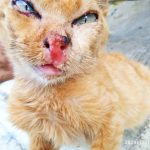
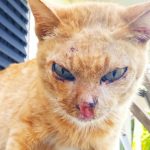
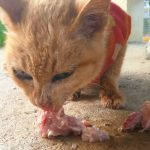
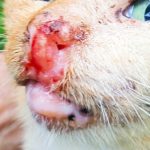
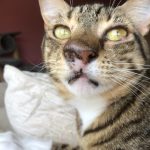
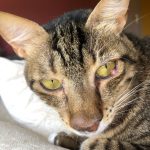



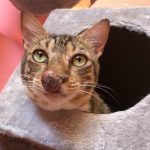
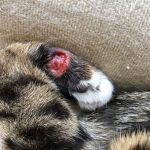
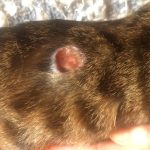
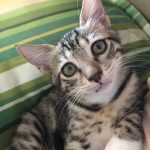

Hello,
I’m sorry to hear about your cat. I’m also sorry everything in vetmed is so expensive right now. It sounds like your vet has done what I would do for my clients and that the next step is a CT scan. You can certainly see if another vet will look for a polyp for you, but you may be back where you are now if that isn’t productive.
There are also CT scans available outside a referral hospital for a lower price (I don’t know if this is the case in your area), but the dilemma there is that this will only help diagnose. You may still need that IM vet to help with the treatment plan.
I hope things work out for your cat.
Dr Magnifico